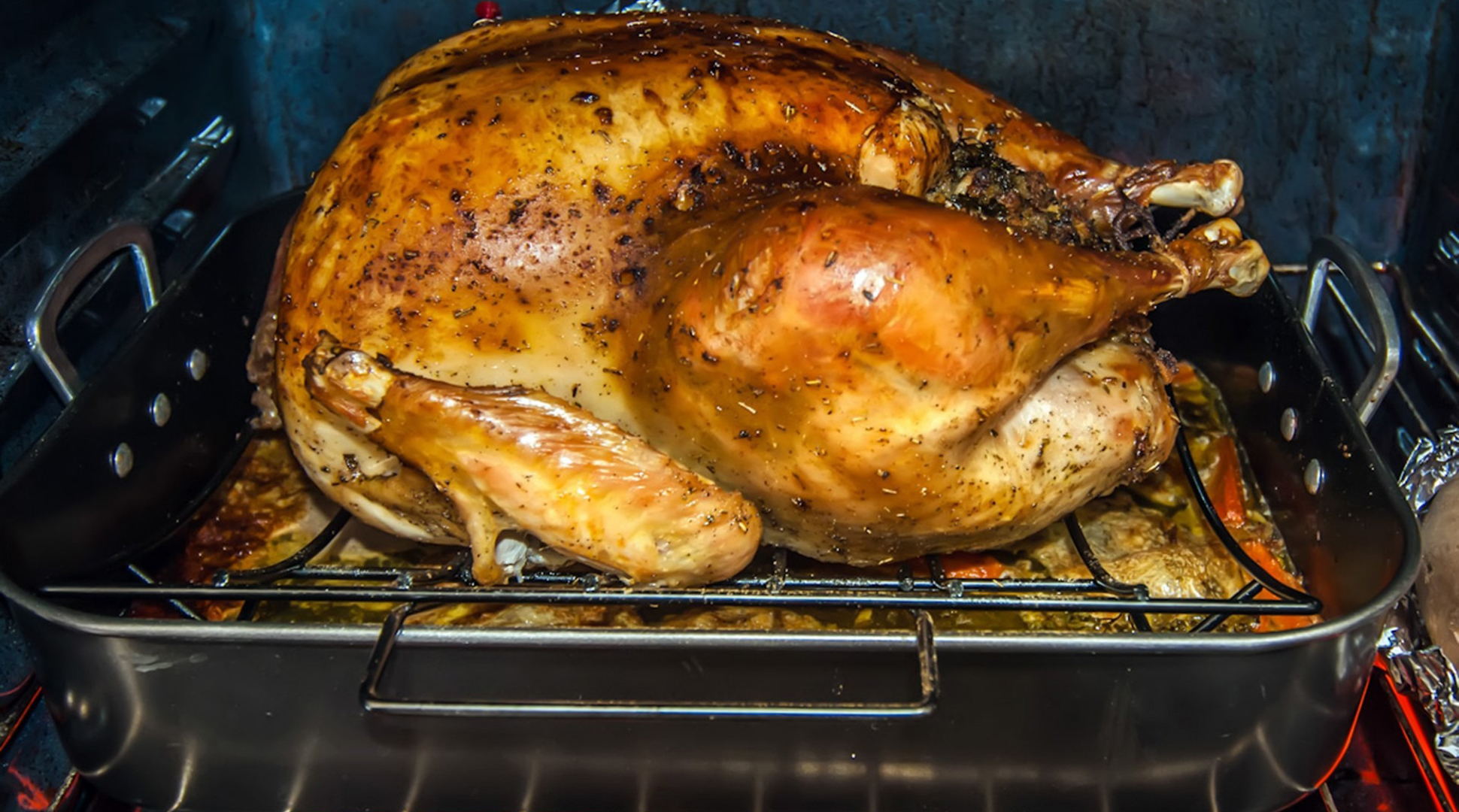Image courtesy PublicDomainPictures on Pixabay
Even if you're an old hand at turkey prep, it never hurts to review some important turkey safety tips as we prepare for our Thanksgiving celebrations.
1. Safely Thaw Your Turkey
Thaw turkeys in the refrigerator in a container, or in a leak-proof plastic bag in a sink of cold water that is changed every 30 minutes. When thawing a turkey in the microwave, follow the microwave oven manufacturer’s instructions. Never thaw your turkey by leaving it out on the counter. A thawing turkey must defrost at a safe temperature. When the turkey is left out at room temperature for more than two hours, its temperature becomes unsafe. Bacteria can grow rapidly in the “danger zone” between 40°F and 140°F. Get detailed info on thawing here.
2. Safely Handle Your Turkey
Raw poultry can contaminate anything it touches with harmful bacteria. Follow the four steps to food safety – cook, clean, chill, and separate – to prevent the spread of bacteria to your food and family.
Take Care with Leftovers
Clostridium perfringens are bacteria that grows in cooked foods left at room temperature. It is the second most common bacterial cause of food poisoning. The major symptoms are vomiting and abdominal cramps within 6 to 24 hours after eating.
Clostridium perfringens outbreaks occur most often in November and December.2
Many of these outbreaks have been linked to foods commonly served during the holidays, such as turkey and roast beef.
Refrigerate leftovers at 40°F or colder as soon as possible and within two hours of preparation to prevent food poisoning.
3. Safely Prepare Stuffing
Cooking stuffing in a casserole dish makes it easy to make sure it is thoroughly cooked. If you put stuffing in the turkey, do so just before cooking. Use a food thermometer to make sure the stuffing’s center reaches 165°F. Bacteria can survive in stuffing that has not reached 165°F and may then cause food poisoning. Wait for 20 minutes after removing the bird from the oven before removing the stuffing from the turkey’s cavity; this allows it to cook a little more. Learn more about how to prepare stuffing safely.
4. Safely Cook Your Turkey
Set the oven temperature to at least 325°F. Place the completely thawed turkey with the breast side up in a roasting pan that is 2 to 2-1/2 inches deep. Cooking times will vary depending on the weight of the turkey. To make sure the turkey has reached a safe internal temperature of 165°F, check by inserting a food thermometer into the center of the stuffing and the thickest portions of the breast, thigh, and wing joint. Let the turkey stand 20 minutes before removing all stuffing from the cavity and carving the meat. Learn more about safe minimum cooking temperatures and how to use a food thermometer for turkey and other foods.
Information provided by foodsafety.gov
Read more about the recent Jennie-O Turkey recall, and take extra precautions if handling raw turkey!
